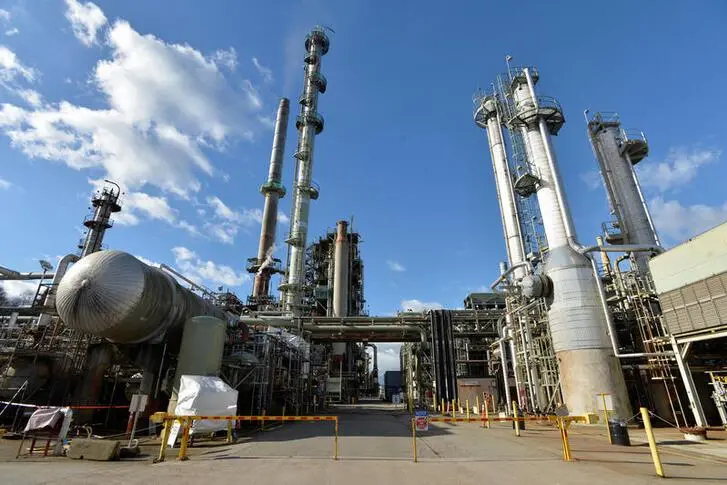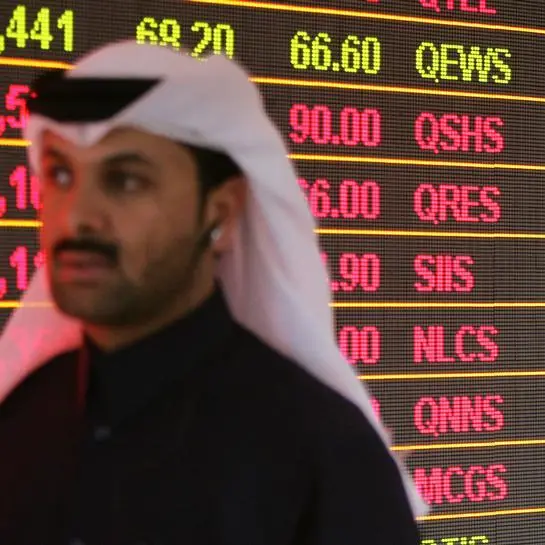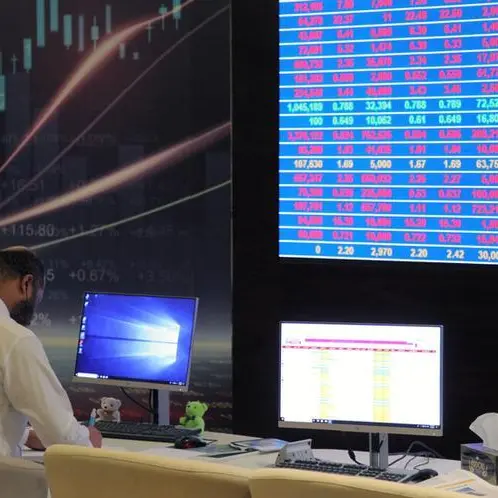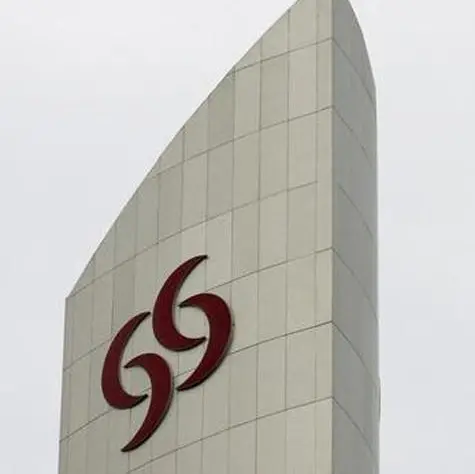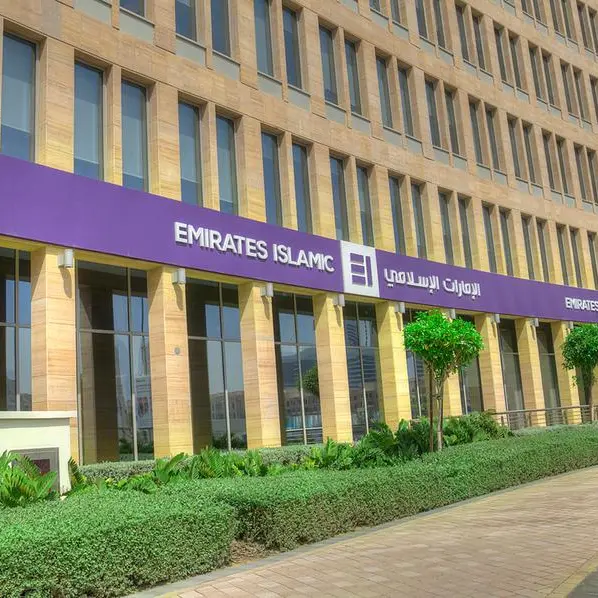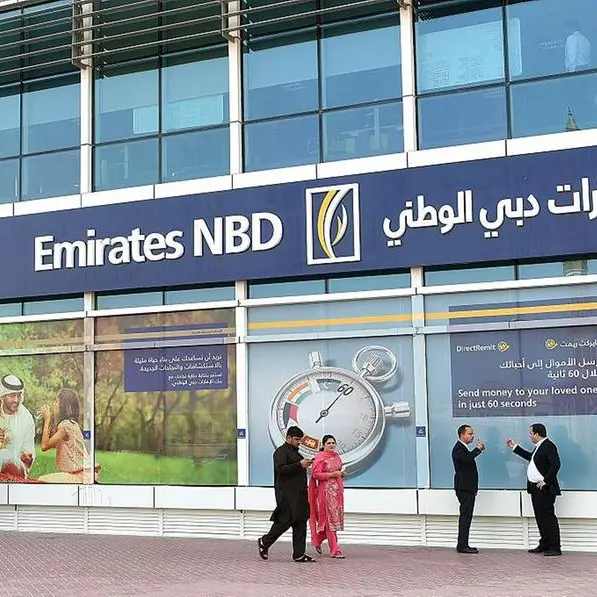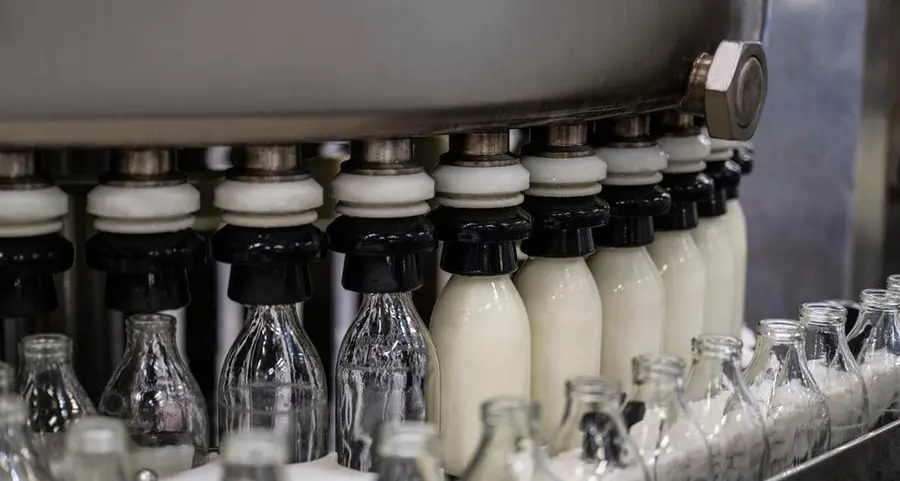PHOTO
Last week, oil prices continued their early-year surge, reaching their highest levels for more than seven years, mainly due to easing worries about the omicron variant, easing monetary policies in main-consuming countries, as well as tight oil supply amid growing geopolitical tensions and the inability of some OPEC+ countries to increase production to the agreed levels.
Last Monday, the Peoples Bank of China for the first time in several years lowered the interest rate of its medium-term loans by 10 basis points and hinted at the possibility of further easing in its monetary policy. China is one of the largest importers of oil, so the improvement in the countrys economic prospects due to the softening of its monetary policy was perceived by the market as a factor of supporting energy demand.
On the geopolitical side, despite the calming of tensions in Kazakhstan, and its oil production being restored, the situation in several other oil-producing countries has worsened. In the middle of the past week, oil storage facilities in Abu Dhabi were attacked by drones fired by Yemens Houthi rebels. These incidents always cause a reassessment of the risks associated with oil supplies from the region. However, the impact on the market may be short-term.
The context of this situation implies that the OPEC+ countries will face difficulty in fulfilling the decision to increase oil production monthly by 400,000 barrels per day. If supply restrictions due to geopolitical issues are added to this, then oil prices heated up by speculative expectations of triple-digit oil prices may reach $100 per barrel of Brent.
That is why the closure of the Kirkuk-Ceyhan oil pipeline from Iraq to Turkey raised prices from $86.60 per barrel of Brent to $89 per barrel on the same day.
Updated forecasts from Goldman Sachs added optimism to the market. The investment bank expects that Brent prices will reach $90 per barrel in the first quarter of 2022 and will exceed $100 per barrel in the third quarter of this year. In their opinion, summer oil inventories in OECD countries will be at their lowest levels since 2000, coupled with historical low production capacity by OPEC+.
The monthly report from OPEC this time turned out to be neutral on demand growth. The organization left its demand growth estimates for this year unchanged at 4.2 million bpd. However, its oil production figures in December were bullish for the oil market.
For yet another month, OPECs production increase was lower than agreed levels. OPECs crude oil production rose by only 170,000 bpd last month compared to a 253,000 bpd increase under the deal.
The market also received support from a bullish International Energy Agency outlook. In its monthly report, the agency raised its demand growth estimates by 200,000 bpd for both 2021 and 2022. It warned that the market looked tighter than previously thought, as the global supply surplus is shrinking and oil demand is on track to hit pre-pandemic levels. The agency also said there is a growing gap between changes in global stockpiles and supply-demand balances. That is a further indication that production could be lower, or consumption could be higher, than the market estimates.
Indeed, oil prices have rallied last week on a set of bullish factors and hit a seven-year high. By Friday, global benchmark Brent traded near $88 per barrel, while WTI was trading at $85.14 per barrel.
In the short term, these levels look quite realistic, but in the long term, they do not look stable. Prices could remain in this zone or even go higher in current market conditions.
A few weeks ago, the omicron variant emergence and the expected supply surplus in 2022 risked a fall in prices. But fears around omicron dissipated, and OPEC+ was unable to maintain its own production increase schedule, so oil surplus, if any, could be much smaller than expected.
In such a situation, it is difficult to be certain about any short-term forecasts. It can only be noted that for now, oil prices look very strong, both from a technical point of view and from the most common market indicators. But this does not mean that prices cant collapse at any point, for instance, against the backdrop of a new COVID-19 variant development, the conclusion of a deal between the US and Iran, or increasing production by major producers such as Saudi Arabia.
Given the speculative expectations and frequent geopolitical events, the psychological mark of $100 per barrel cannot be ruled out. This outcome, which is increasingly mentioned in the media and the reviews of analytical houses, will be tested this year.
It may happen both in the first quarter against the background of a high volume of substitution of expensive gas with cheaper petroleum products, and in the second quarter during the period of seasonal growth in demand for gasoline.
However, by the end of the year, we are likely to see lower prices as production growth will gradually compensate for slowing demand.
Dr. Namat Al-Soof is an Iraqi oil expert with long experience in upstream and market analysis. He held senior analyst positions at OPEC, IEF in Riyadh, and OPEC FUND for International Development. Currently, he is a consultant to a number of companies in the oil industry.
Copyright: Arab News 2022 All rights reserved. Provided by SyndiGate Media Inc. (Syndigate.info).
